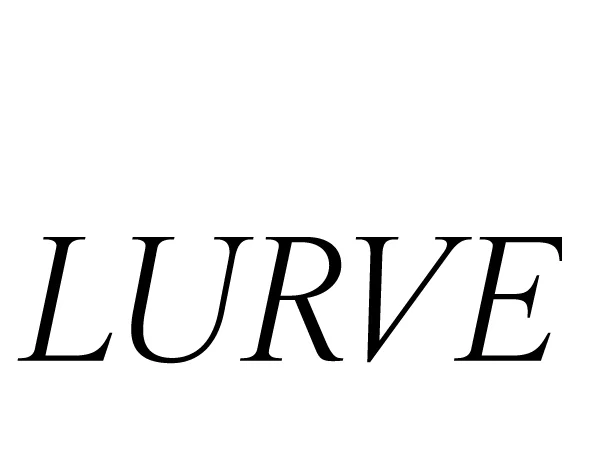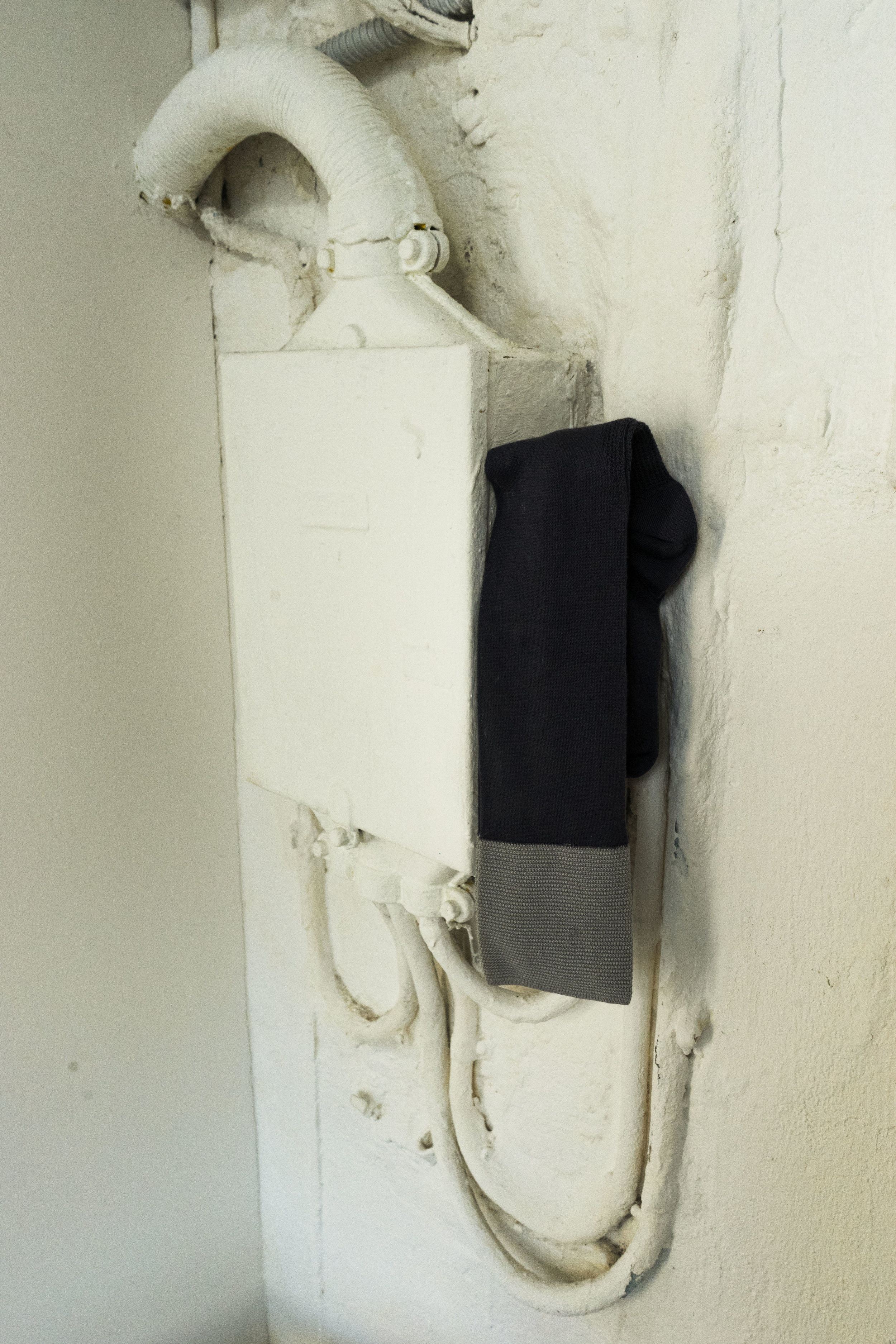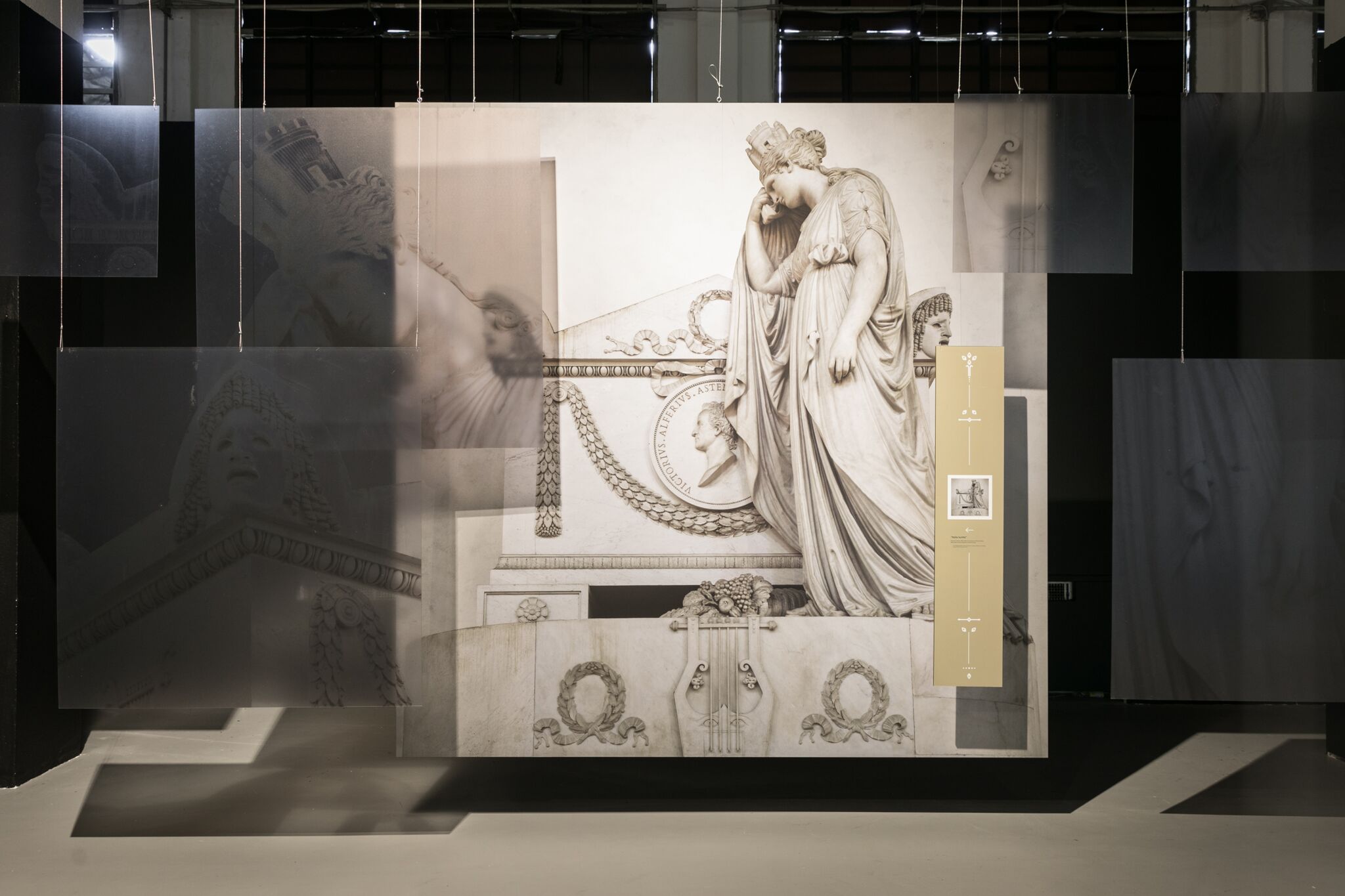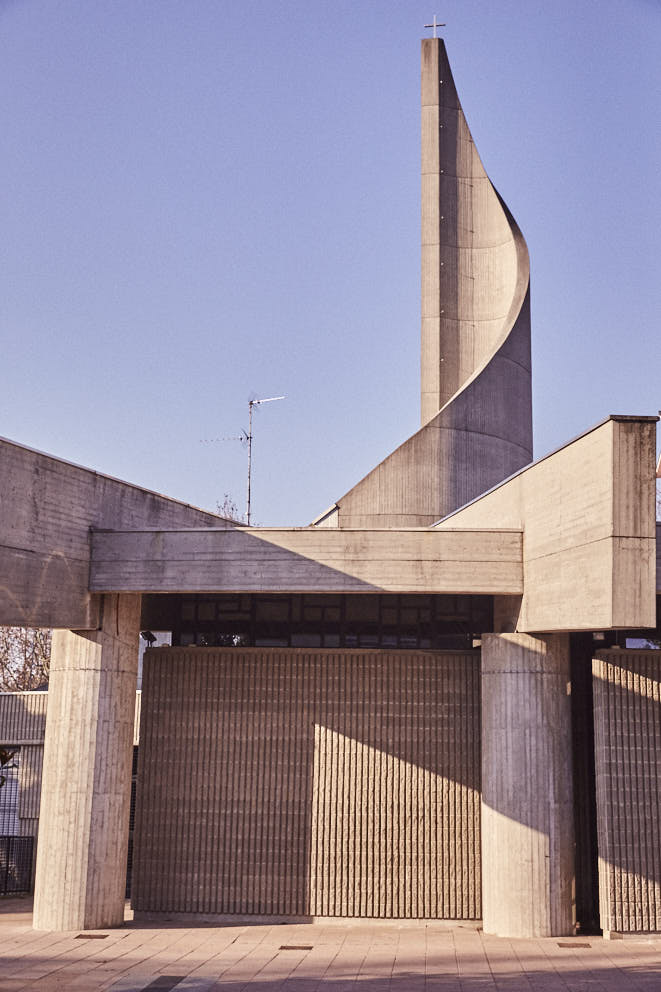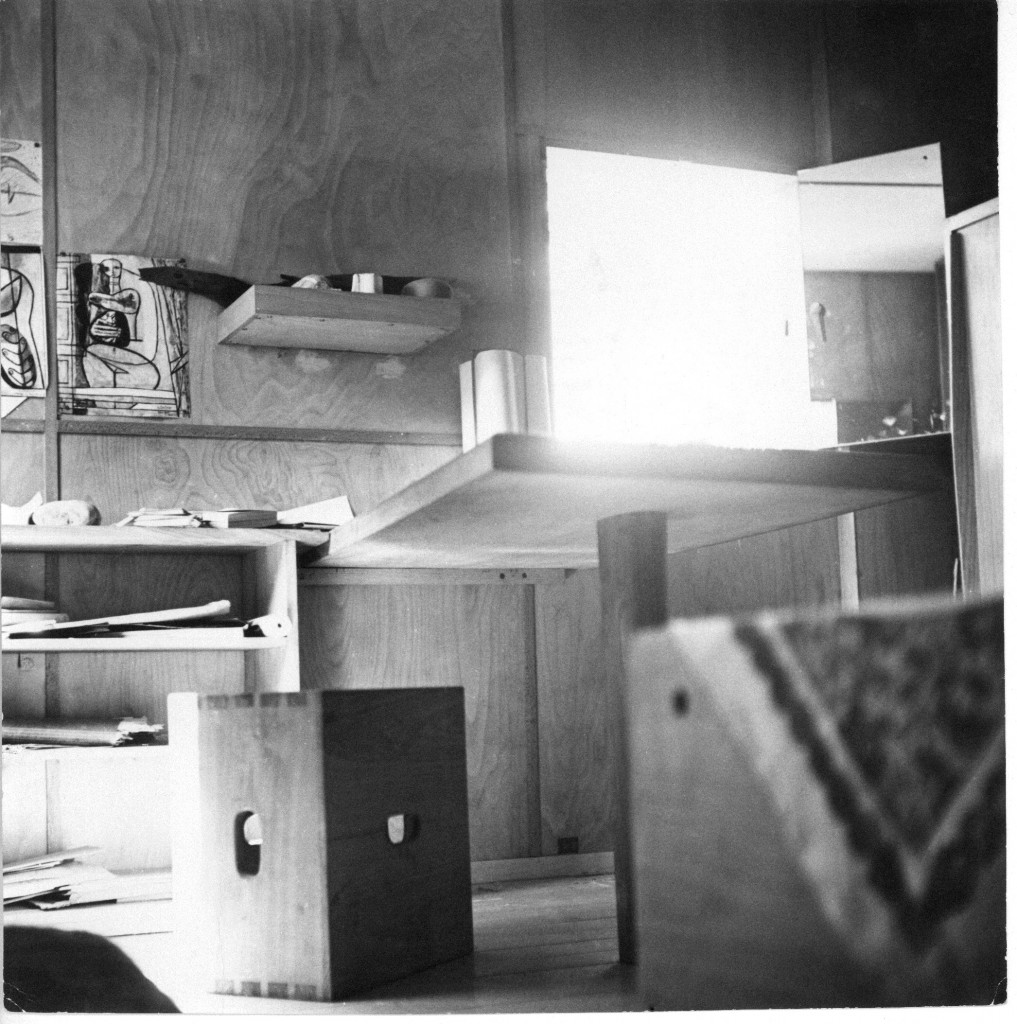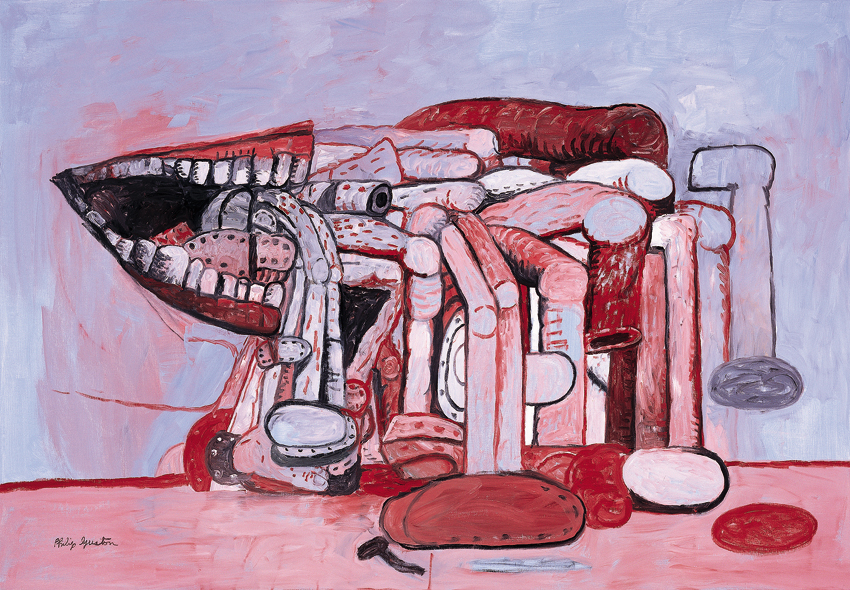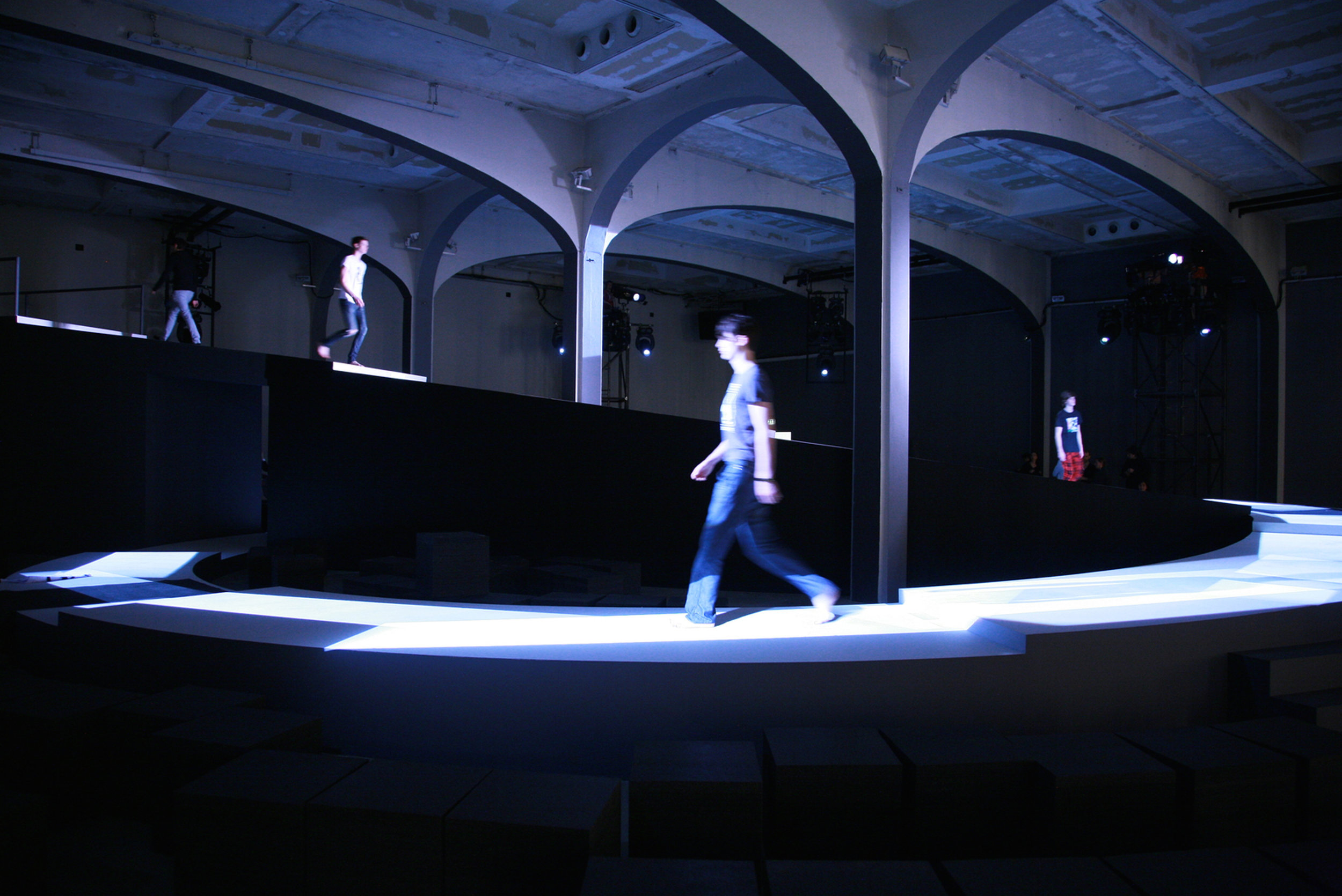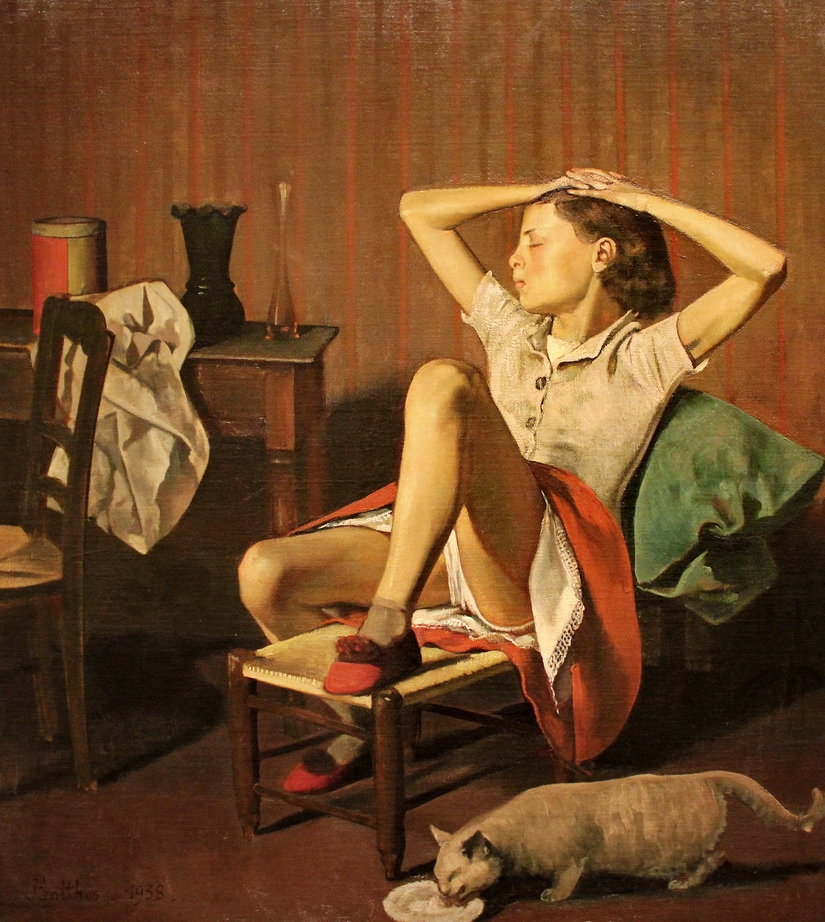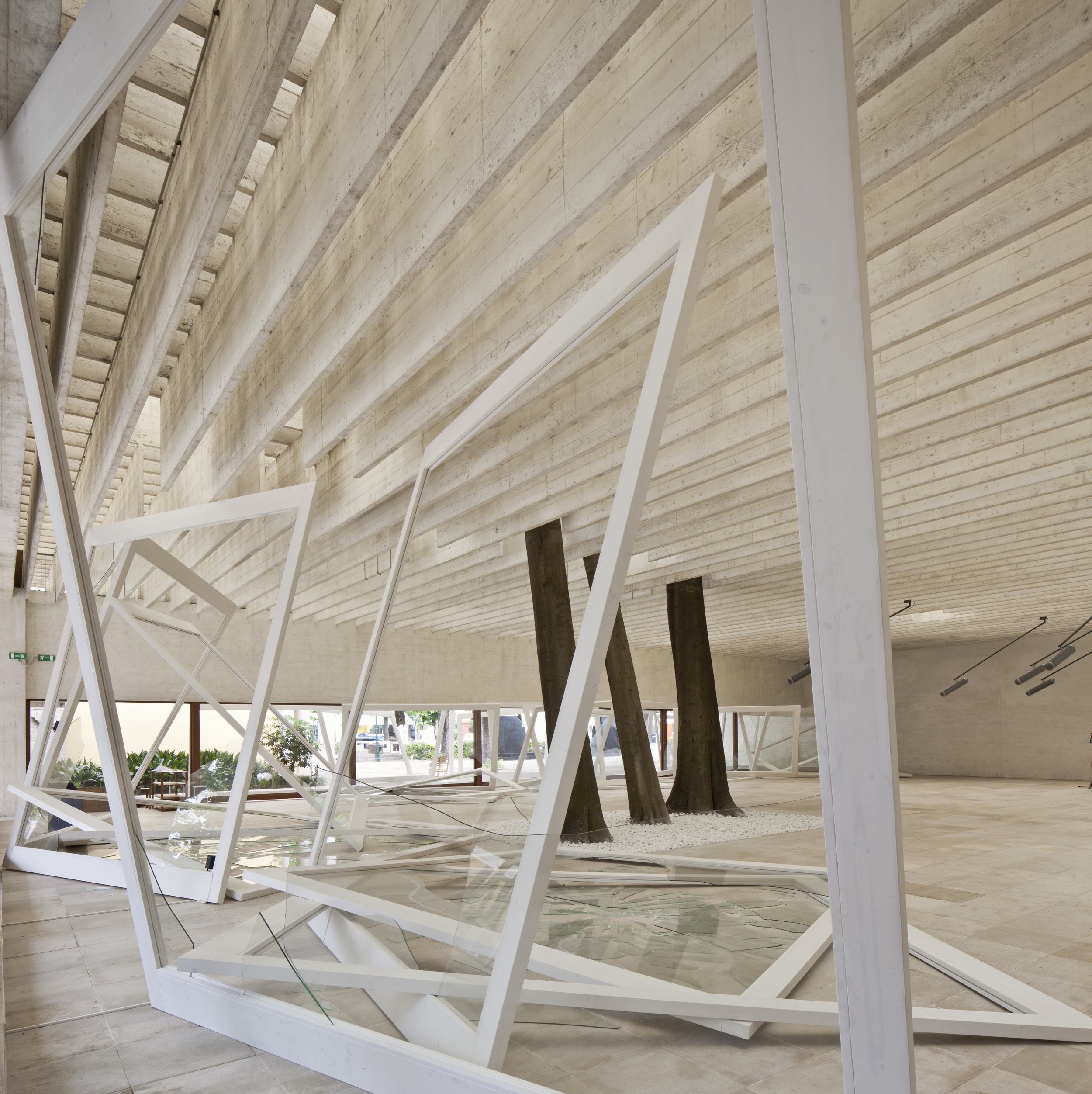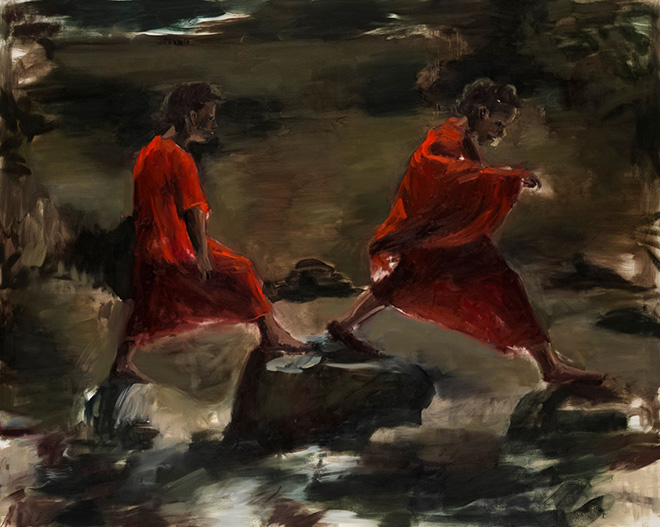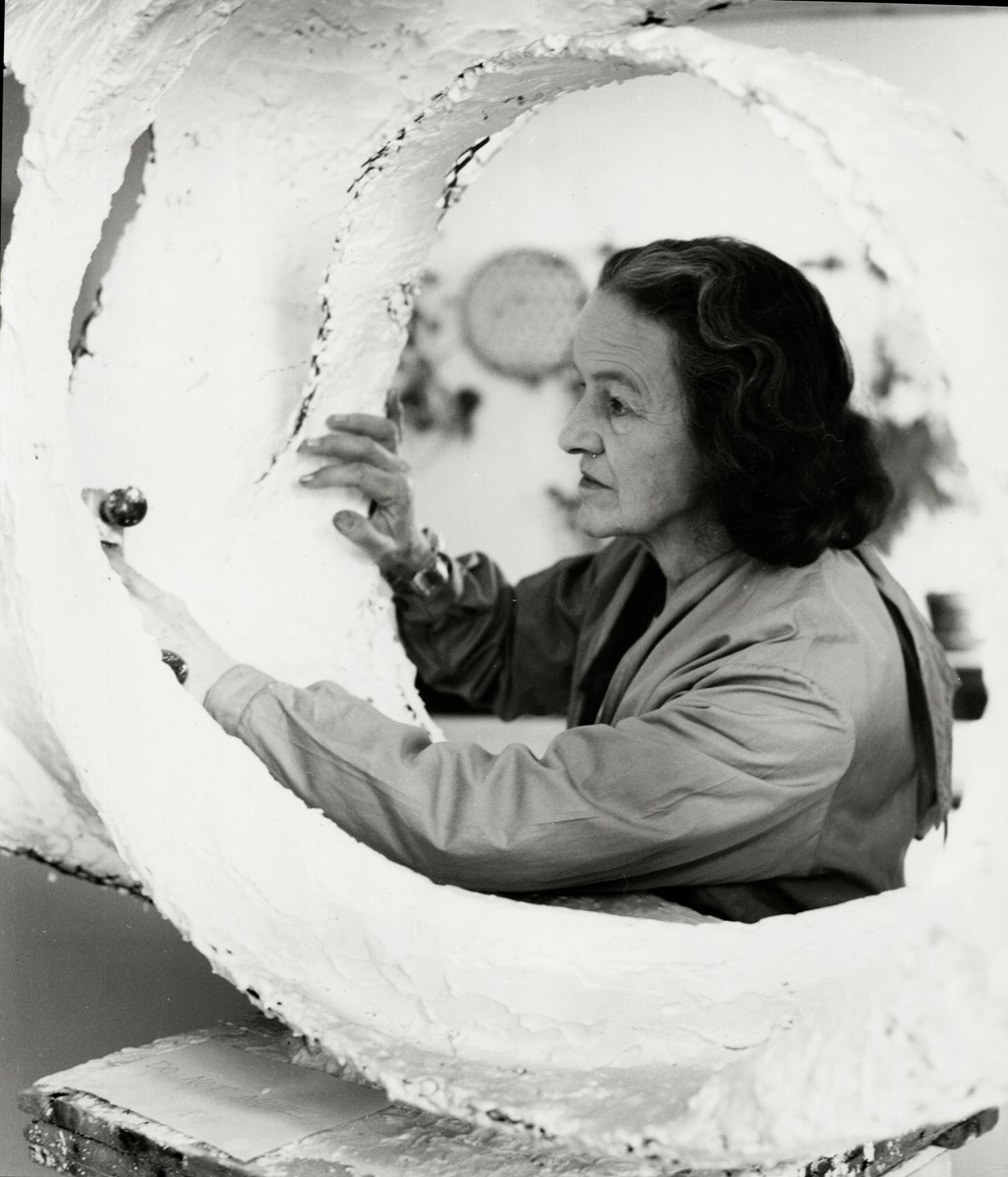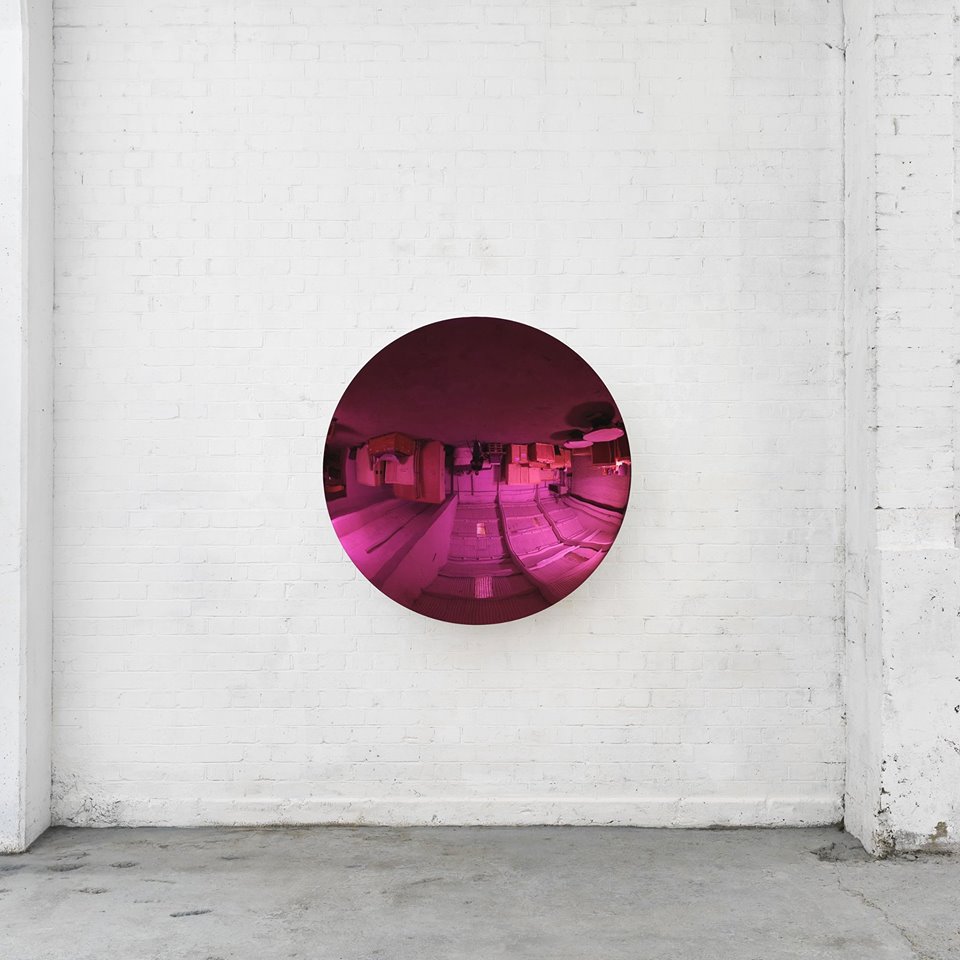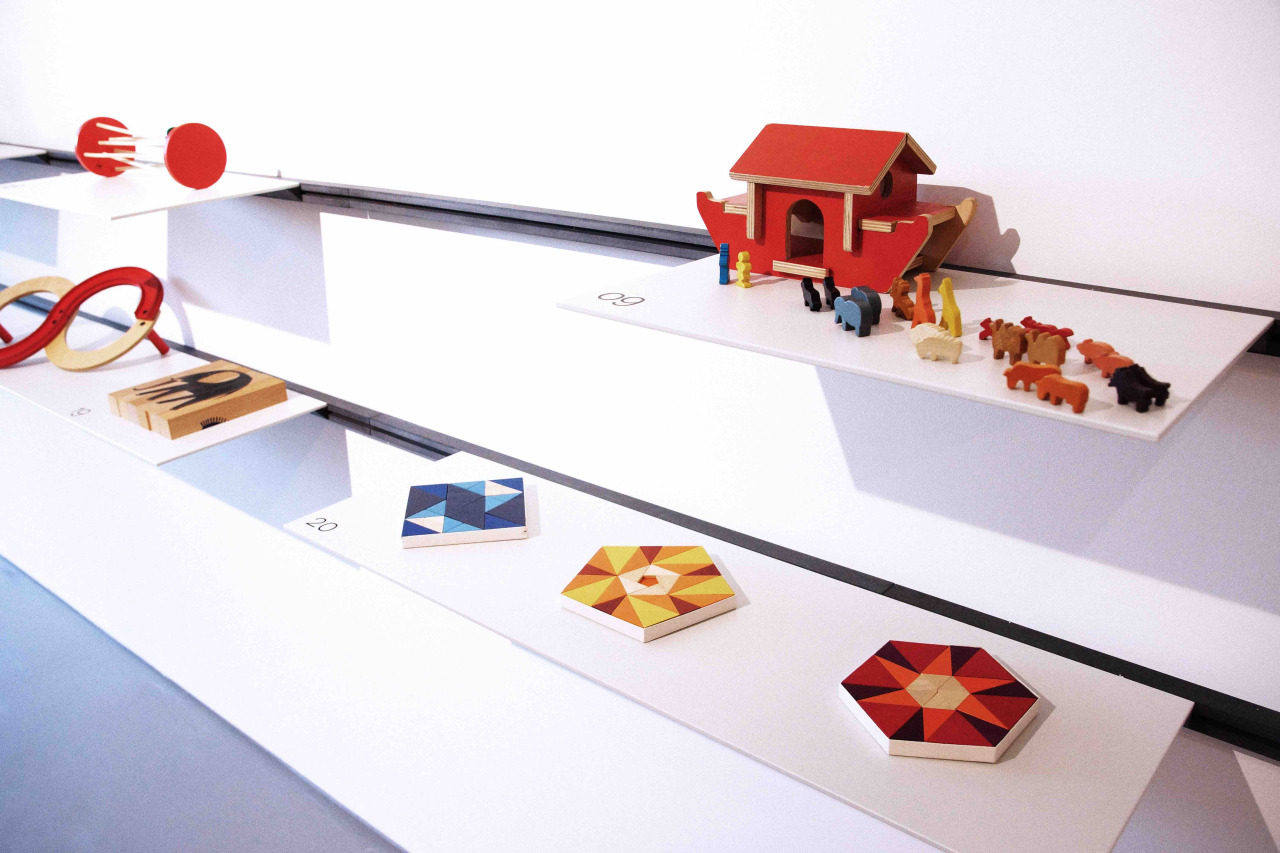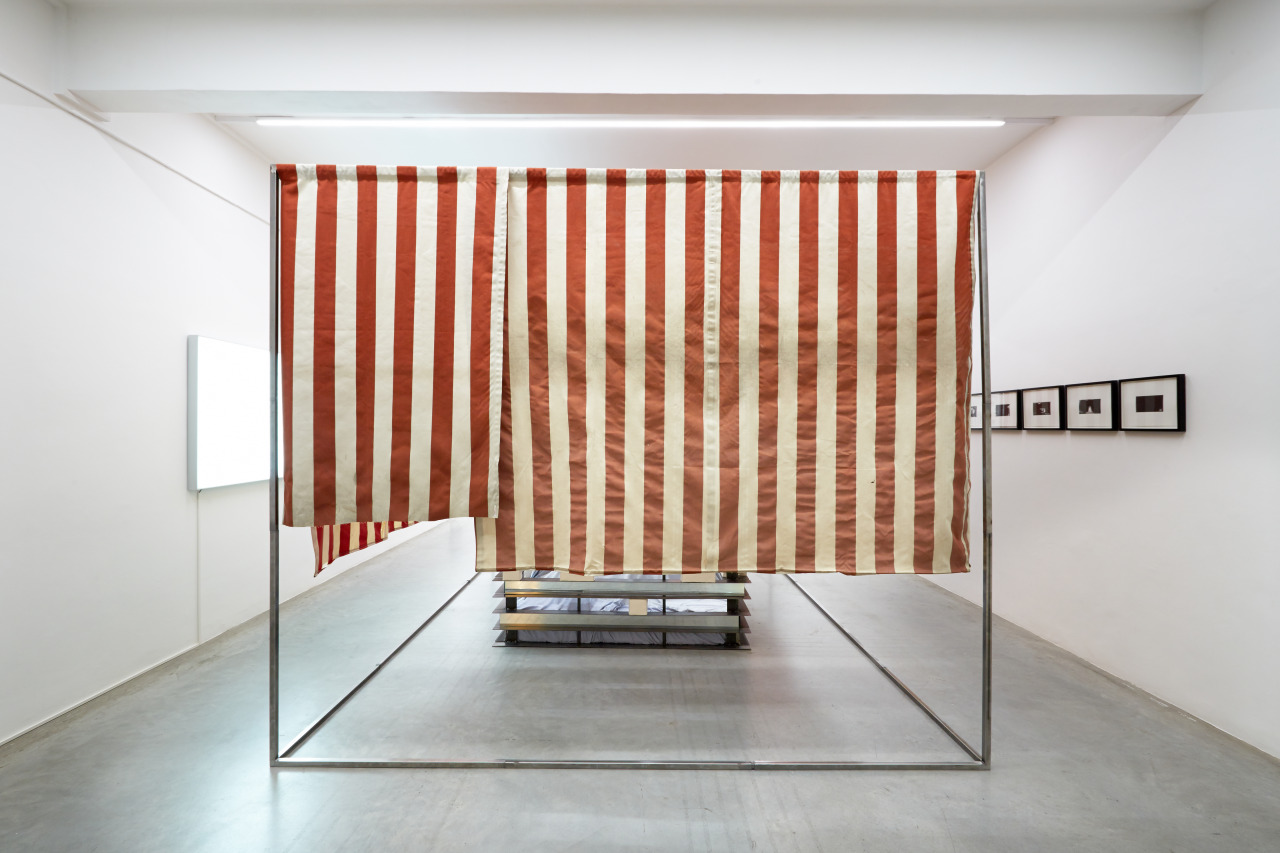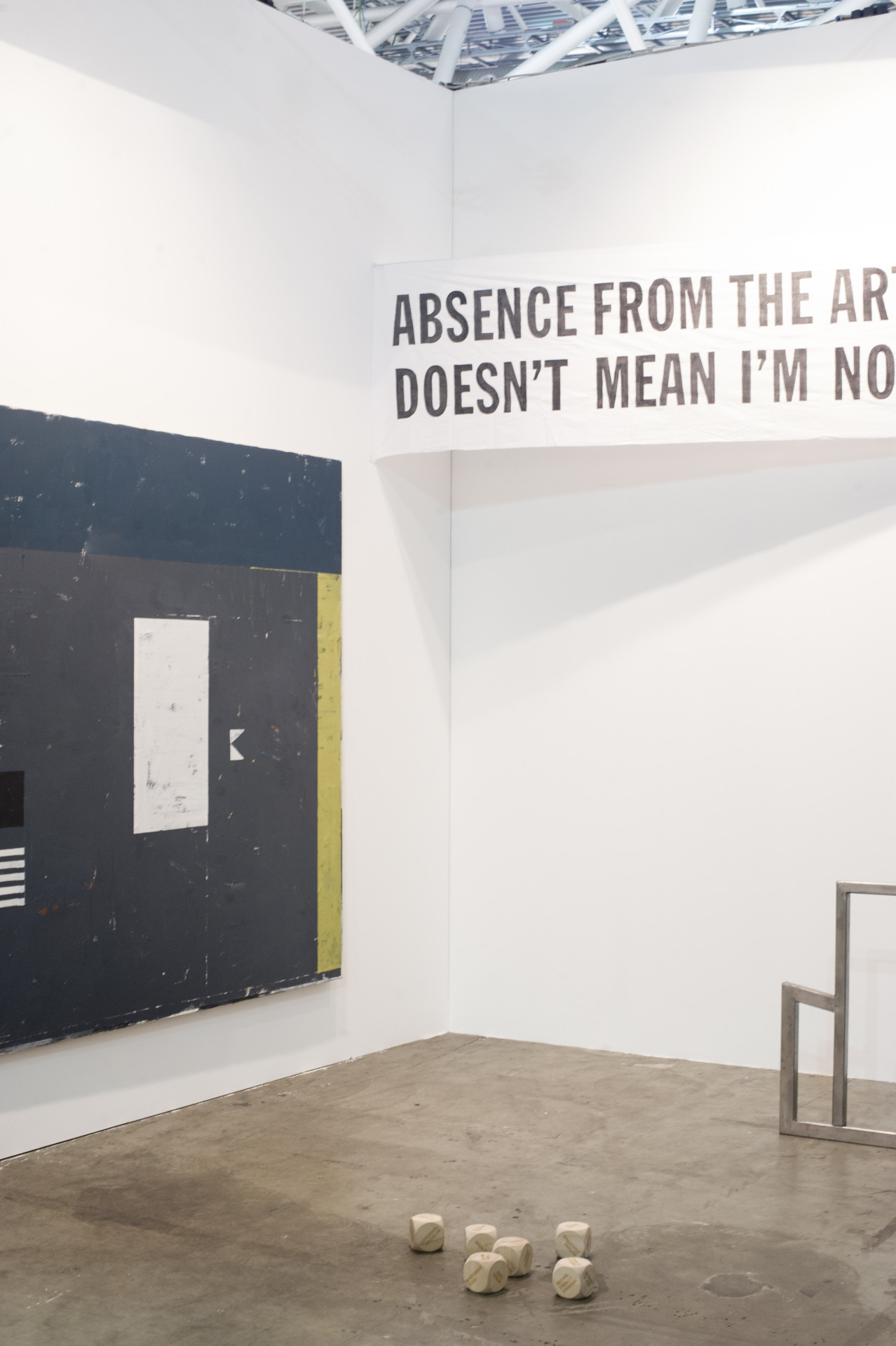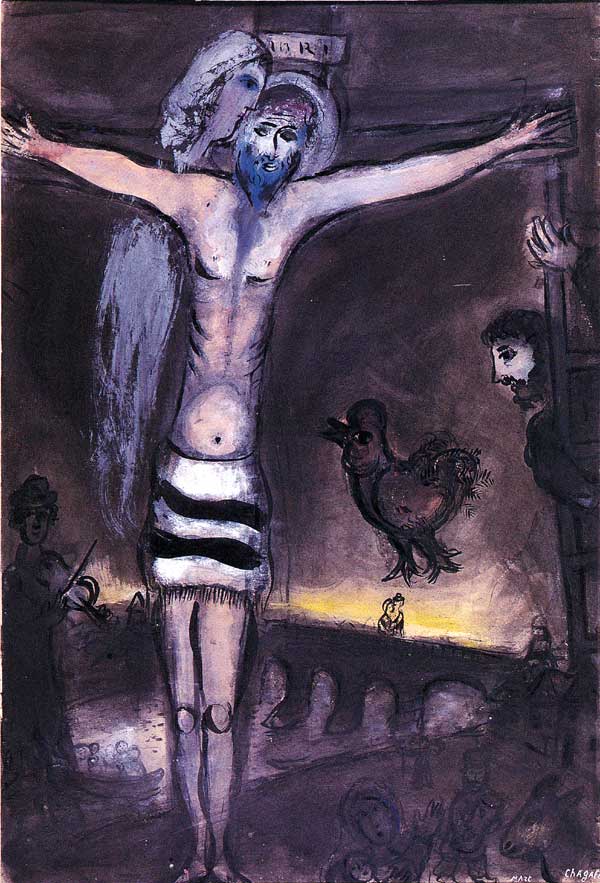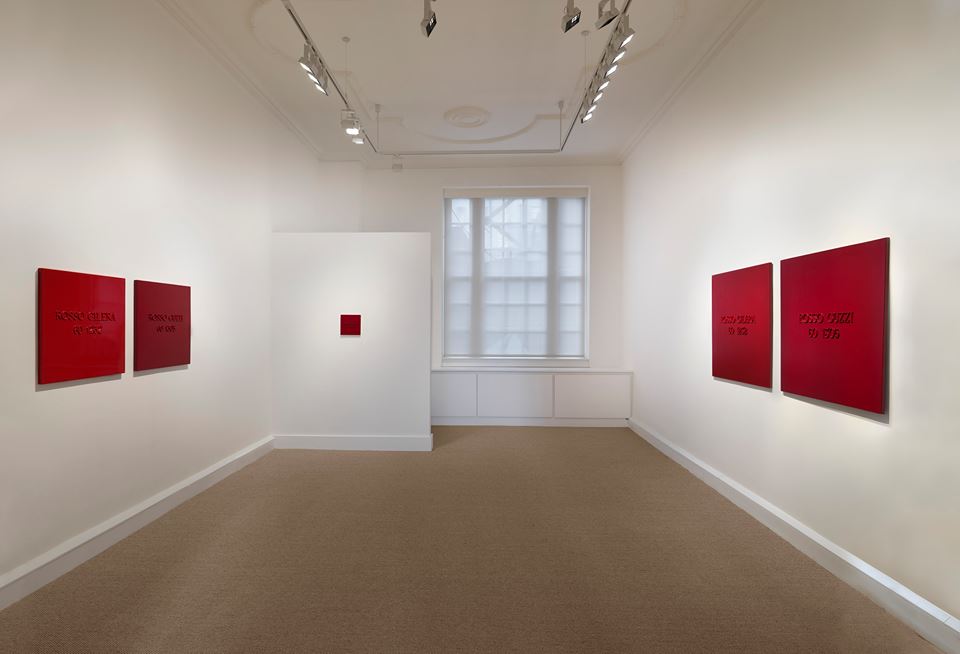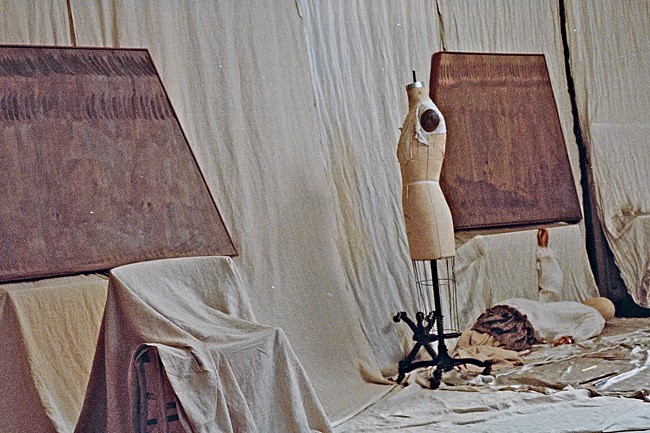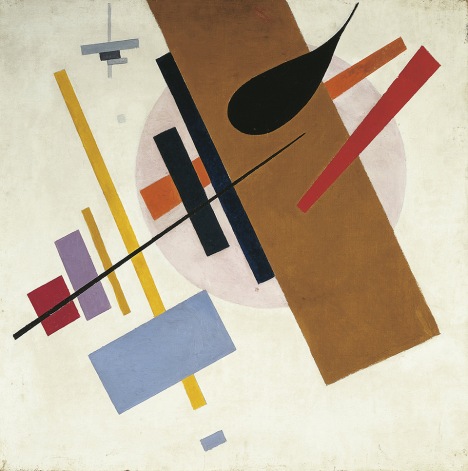Mona Hatoum
Words by Kim Dasom
Paris, Centre Pompidou
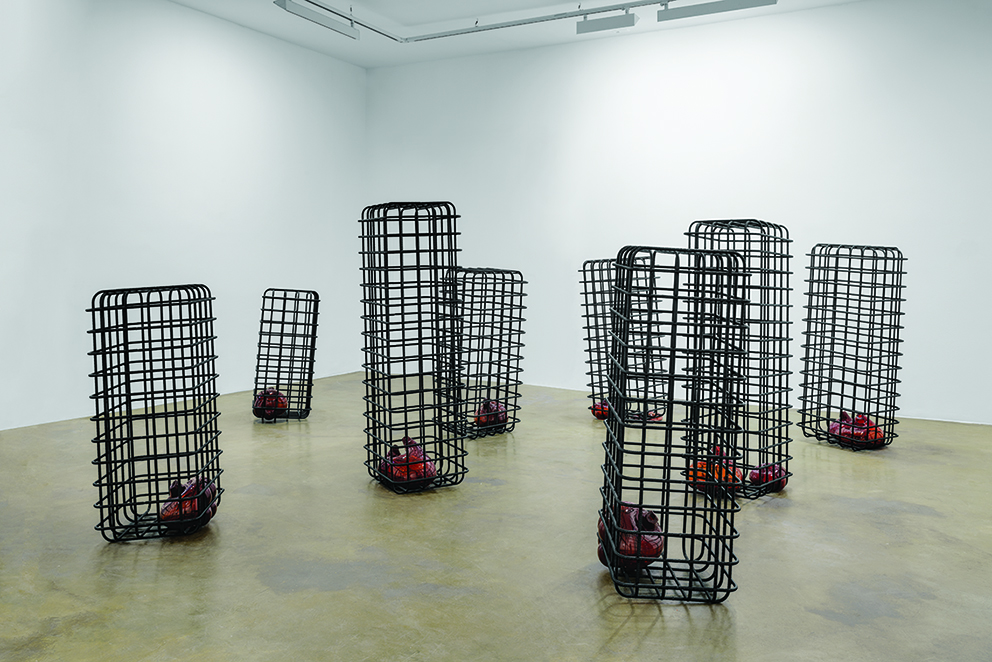
Cellules, 2012-2013 © Courtesy of the artist and Galerie Chantal Crousel, Paris © Photo : Florian Kleinefenn
![Cellules [Cells] 2012-2013 © Courtesy of the artist and Galerie Chantal Crousel, Paris © Photo Sébastien Normand](https://images.squarespace-cdn.com/content/v1/55c534fbe4b047125af6cc50/1440962004437-B7HGASSDOTIFNHYDY6OD/04.+Mona+Hatoum+-+Cellules+%28d%C3%87tail%29+%E2%88%8F+Courtesy+of+the+artist+and+Galerie+Chantal+Crousel%2C+Paris+%E2%88%8F+Photo+S%C3%87bastien+Normand.jpg)
Cellules [Cells] 2012-2013 © Courtesy of the artist and Galerie Chantal Crousel, Paris © Photo Sébastien Normand
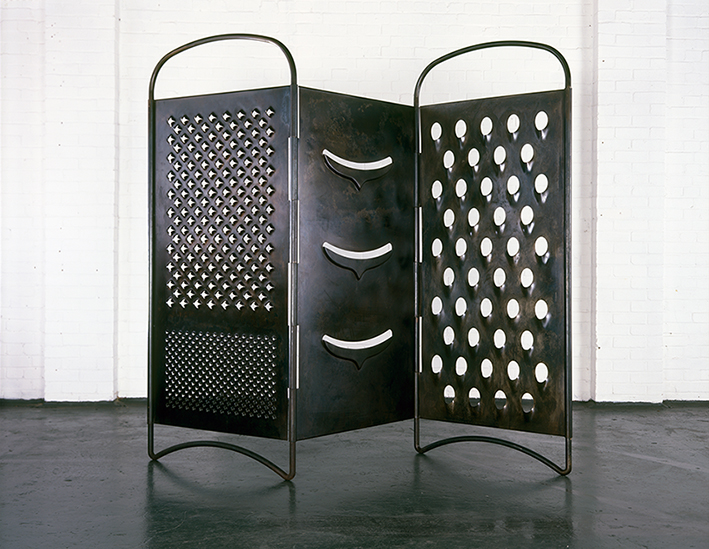
Grater Divide, 2002 © Courtesy of the artist © Photo Courtesy White Cube
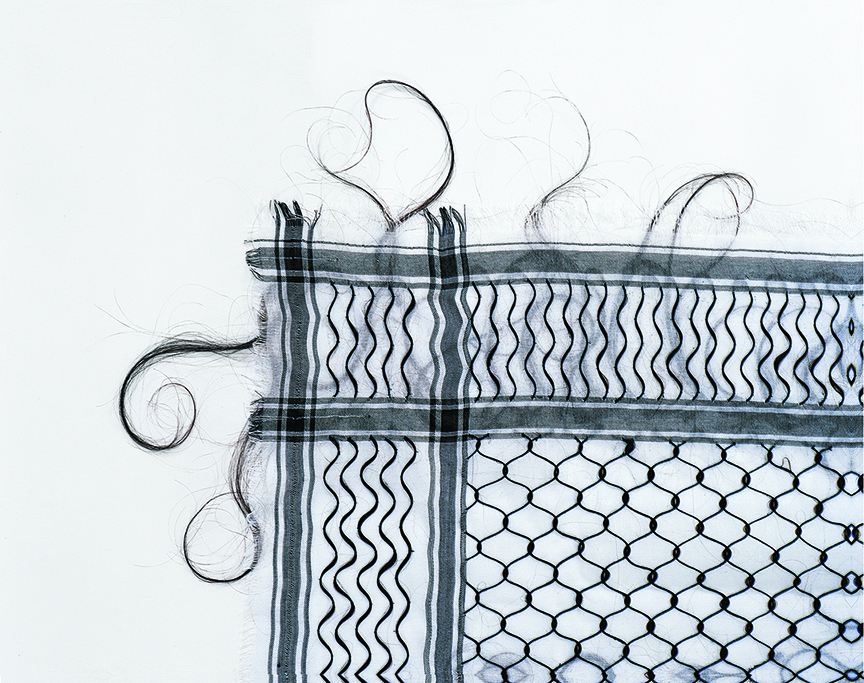
Keffieh, 1993-1999 © Courtesy collection Agnès b. © Photo Courtesy White Cube
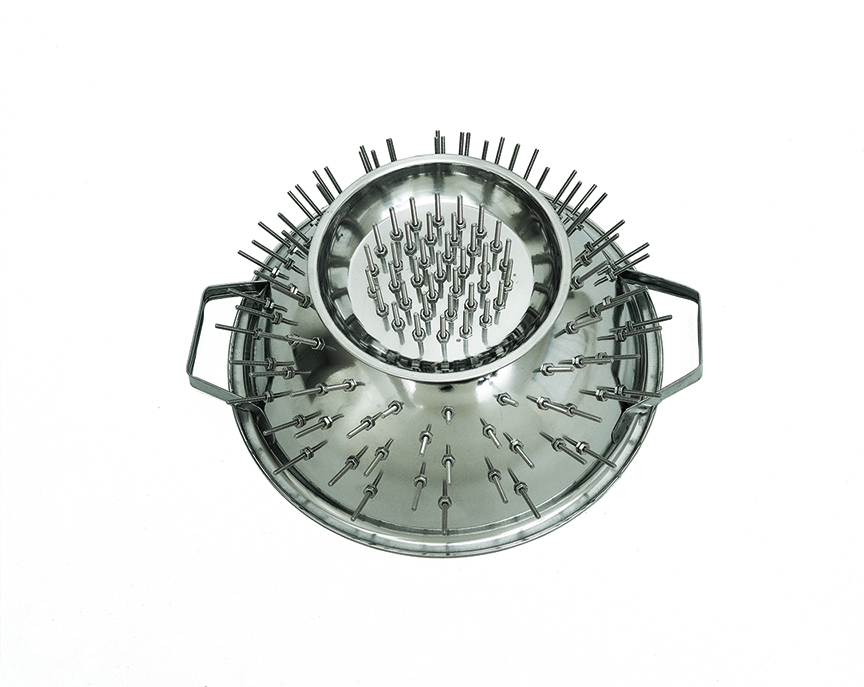
No Way III, 1996 © Courtesy of the artist © Photo Courtesy White Cube
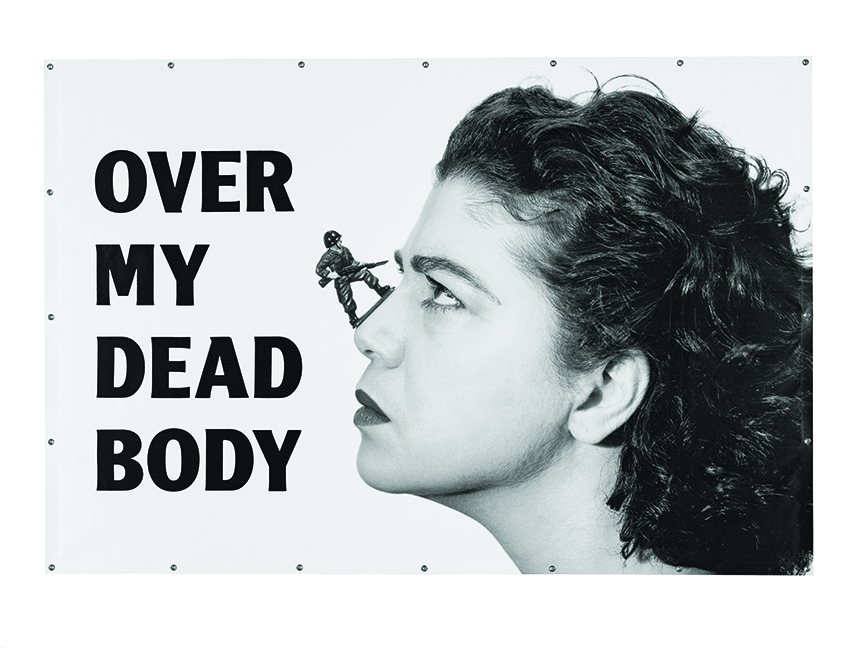
Over My Dead Body, 1988-2002 © Courtesy of the artist © Photo Courtesy Galerie Max Hetzler, Berlin | Paris
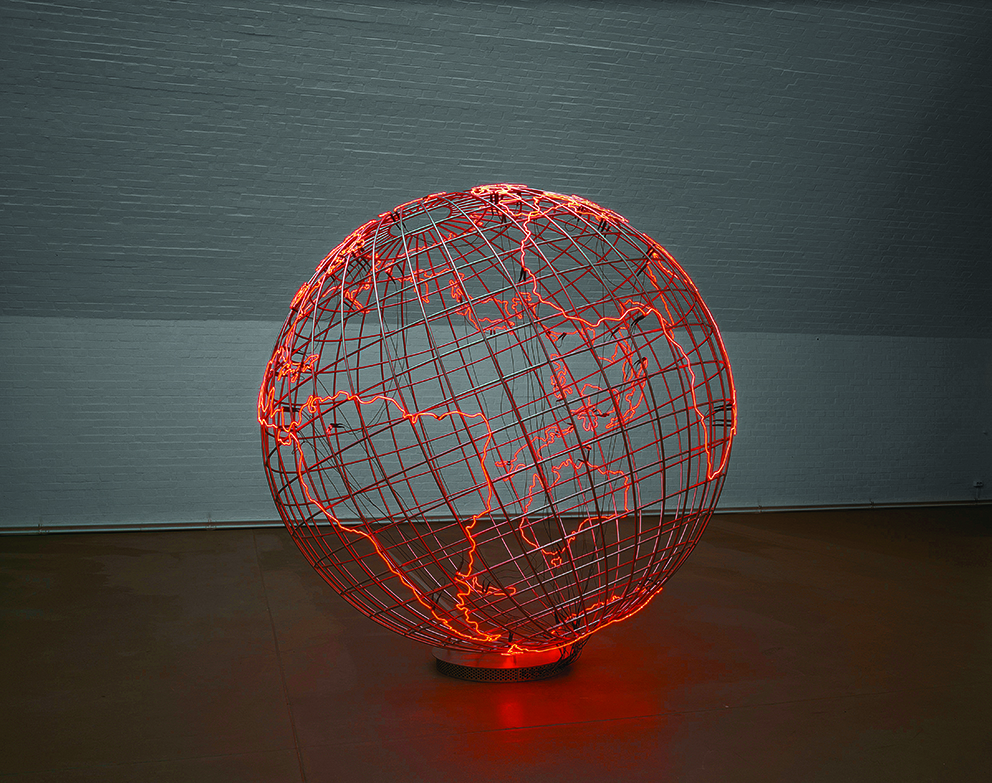
Hot Spot, 2013 © Courtesy of the artist © Photo Courtesy The artist and Galerie Max Hetzler, Berlin | Paris
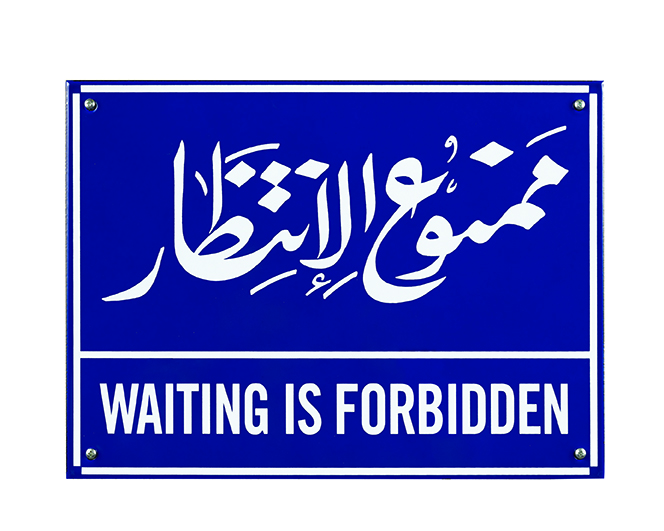
Waiting is Forbidden, 2006-2008 © Courtesy of the artist © Photo Galerie Max Hetzler, Berlin | Paris
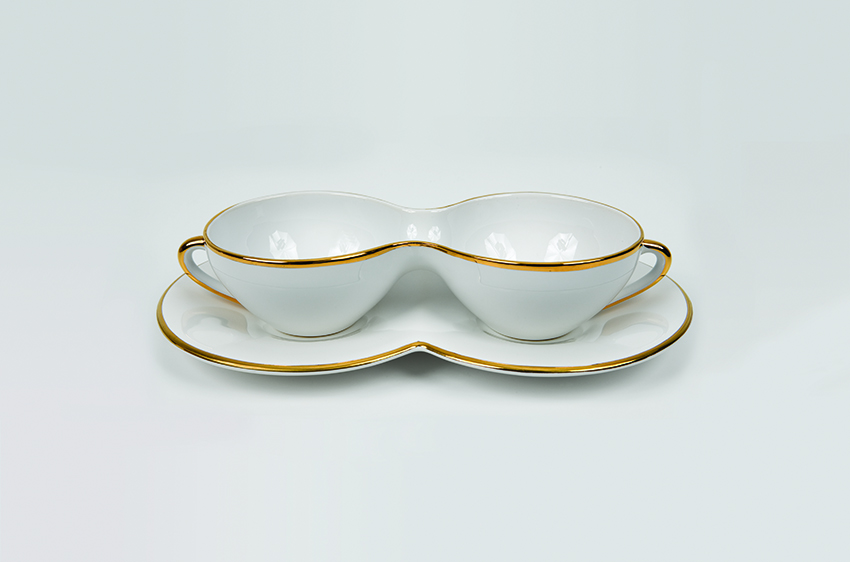
T42 (gold), 1999 © Courtesy of the artist © Photo Courtesy White Cube
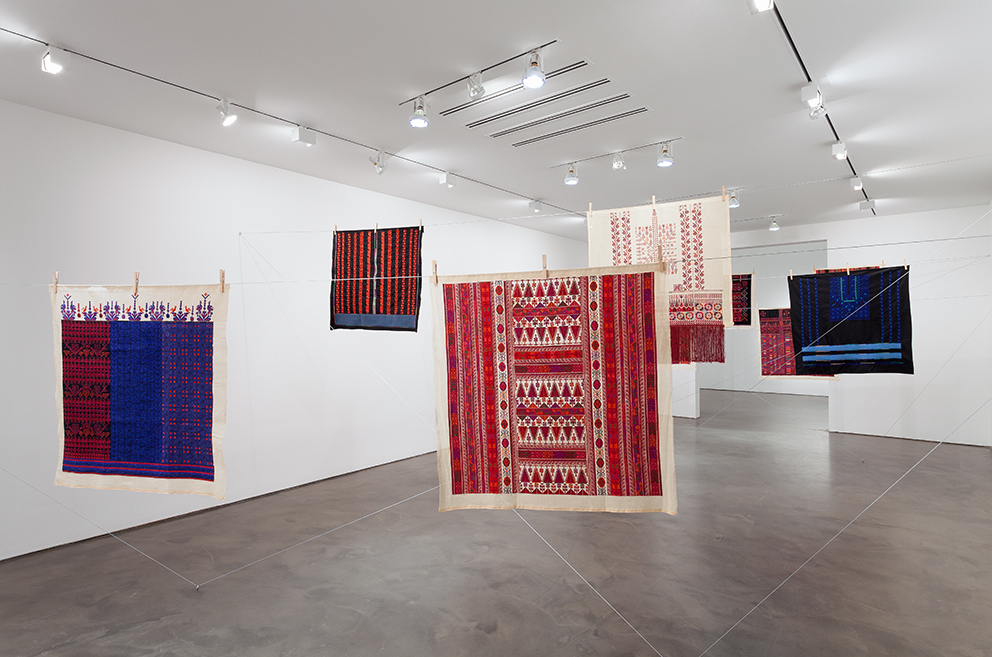
Twelve Windows, 2012-2013, (Mona Hatoum with Inaash) © Courtesy of the artist and Alexander and Bonin, New York © Photo Courtesy Alexander and Bonin, New York
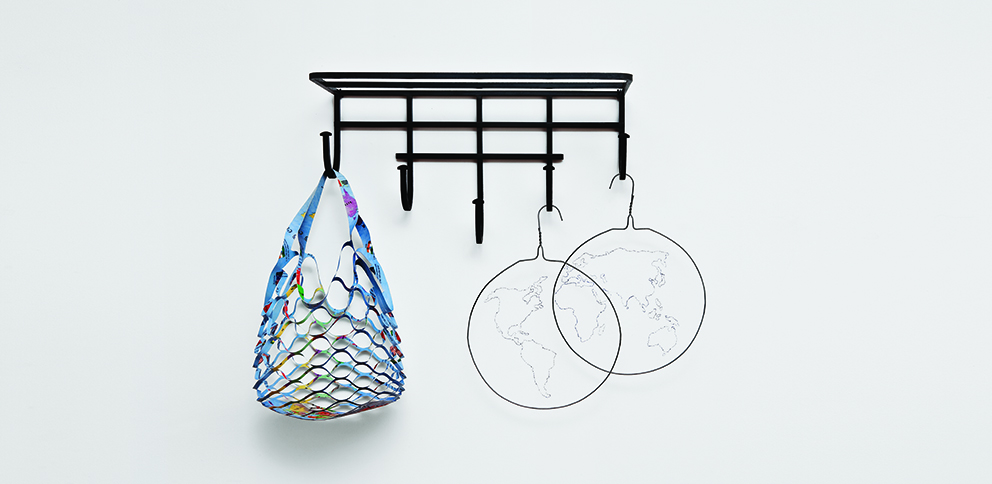
Untitled (rack), 2011 © Courtesy of the artist and Alexander and Bonin, New York © Photo Courtesy Alexander and Bonin, New York
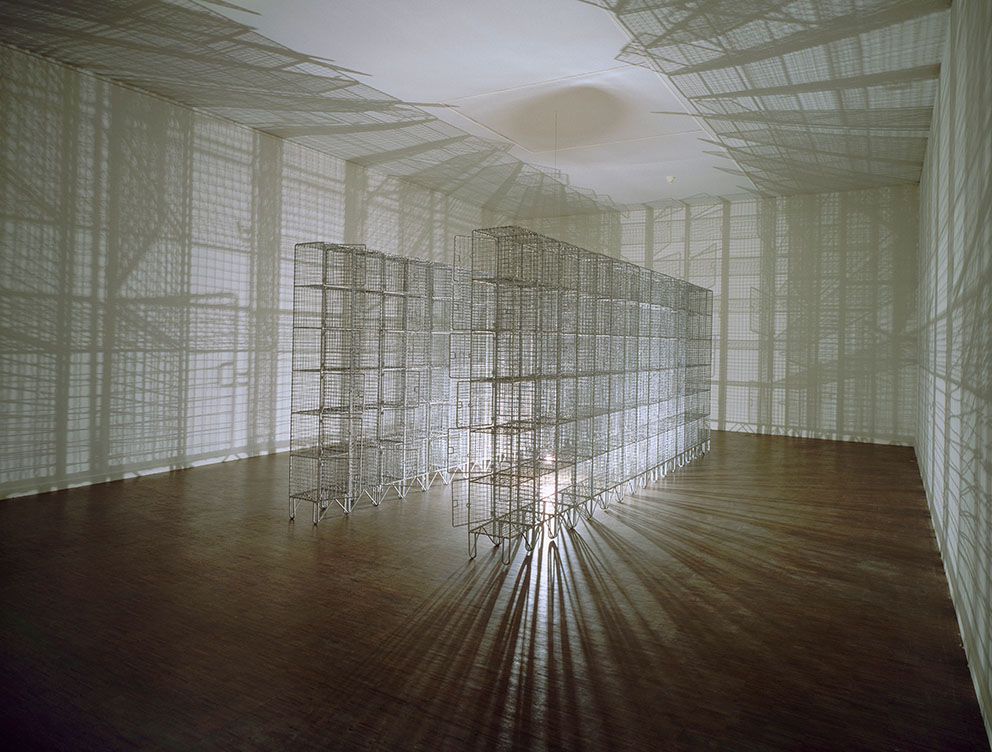
Light Sentence, 1992 © Centre Pompidou, Musée national d’art moderne, Paris. AM 2009-56 © Photo : Centre Pompidou, Mnam-CCI / Dist RMN-GP

Stream, 2013 © Courtesy of the artist © Photo Courtesy Kunstmuseum St.
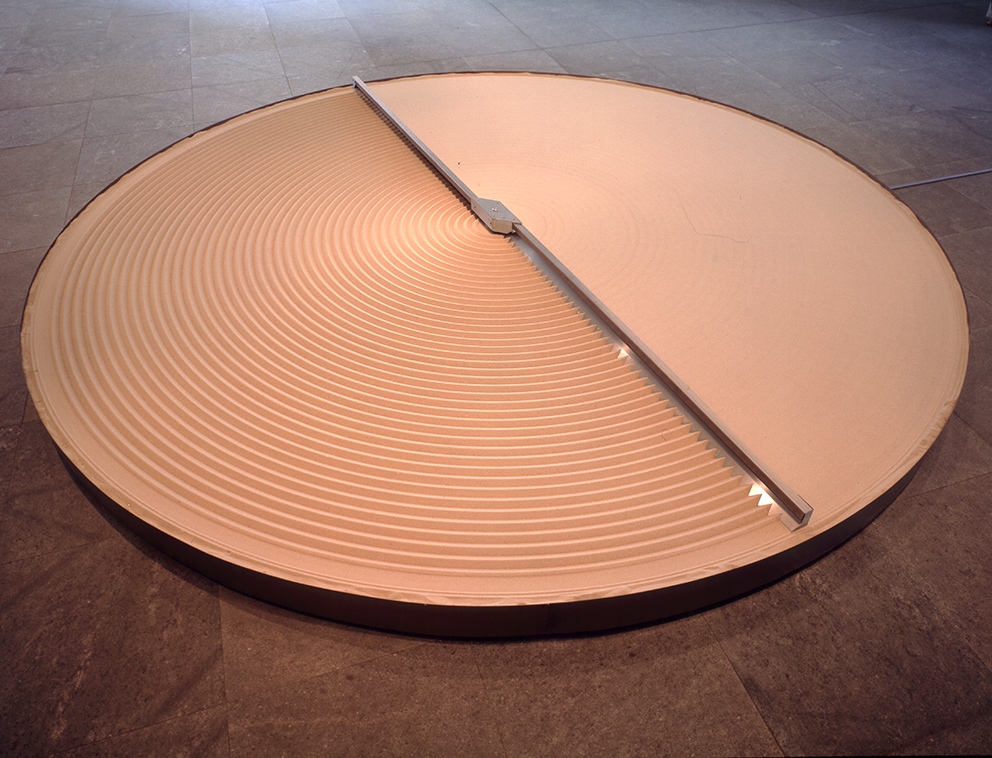
+ and -, 1994-2004 © Hall Collection © Photo Courtesy Mataf: Arab Museum of Modern Art

Impenetrable, 2009 © Courtesy of the artist © Photo Courtesy Mataf: Arab Museum of Modern Art
Centre Pompidou has put on a major exhibition of Mona Hatoum’s work from 24 June till 28 September 2015.
Mona Hatoum transforms familiar daily objects into something unfamiliar and threatening. She has made giant wire cages lit by naked flickering bulbs and a 6ft cheese grater that could slice off a hand. She has hung metal whisks, colanders and spatulas from washing lines and sent electricity coursing through them. In several drawings, remnants of her own body such as skin, hair and nails are mixed with hand-made paper pulp to form random patterns and compositions. She has even had a miniature camera inserted into her major orifices, to film her body from the inside. In Hatoum’s work, the overall effect is one of disorientation, discomfort and unease, feelings that have also defined Hatoum’s experience of exile.
There is definitely a political awareness that filters through her work, also with the history of art and with Minimalism, Surrealism and Conceptualism, that reflect her life in London and Berlin as much as her childhood in Beirut. It’s a scope that lifts the work beyond the immediate politics of the Palestinian experience, raising issues about art, power, gender and identity that are both personal and universal. Hatoum deals with issues that should matter to us all.
Mona Hatoum is a renowned figure on today’s international art scene, and some of her works have become icons in the context of global and committed art.

